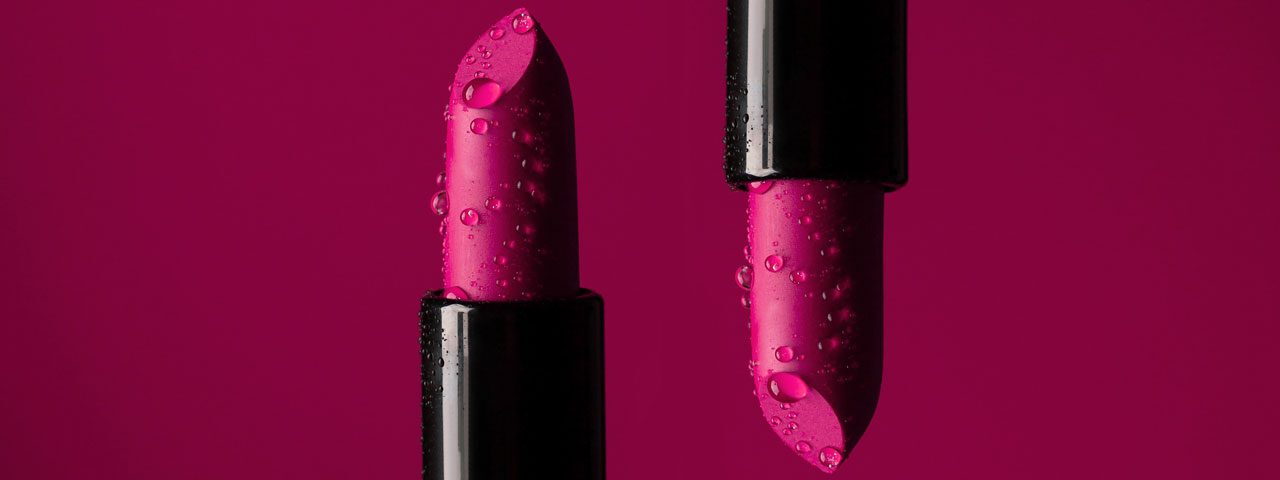
By Mark Potter
Account Specialist, Canada Retail, Circana
2023 has been a stressful year for consumers in Canada. Rampant inflation has eroded purchasing power, housing costs that were already unaffordable for many have been driven up by rising interest rates, and the possibility of a long-predicted recession has them understandably worried about the economy.
Reacting to this economic pressure, most consumers have said they need to cut back on product purchases. Our September 2023 Circana Canada Omnibus Consumer Survey asked shoppers in Canada whether they were cutting back on overall product purchases due to inflation – and nearly 80% said yes. An August poll conducted by the Canadian Imperial Bank of Commerce (CIBC) found similar results, reporting that over 60% have adopted cost-cutting behaviours to manage increased costs.
Source: Circana Canada Omnibus Consumer Survey September 2023
Data from our Retail Tracking Service in Canada, which measures a variety of general merchandise industries, shows the impact of these cutbacks: As of November, total dollar sales in 2023 had declined by 3% compared to last year, with unit demand falling 4%. Of the nine general merchandise industries we track in Canada, sales in seven have declined.
Not every retail category is suffering, however. Unexpectedly, some have enjoyed incredible (and in some cases unprecedented) growth. The beauty industry is the most dramatic example. It has soared 18% in dollar sales growth versus last year (as of November), and an astonishing 47% compared to the same period in 2021. Demand across all beauty categories has exploded over the past few years with no signs of slowing. Looking at this industry, you would never guess consumers are cutting back. Beauty is not alone in this growth. Other retail bright spots include personal care appliances, espresso machines, and sport leisure footwear.
What makes this growth so unexpected is how much of it comes from exactly the sort of discretionary consumption many frugal households would cut from the budget first. If consumers are cutting back on spending, then why are we seeing growth in designer fragrances and premium coffee makers?
One possible answer can be found in the “lipstick index.” This theory says when the economy is in a downturn, sales of lipstick and other cosmetics go up because consumers have an increased need for products that are both affordable and make them feel good. The very sources of stress causing consumers to reduce overall spending may also push them toward whatever indulgences they can afford.
Deloitte posed a similar question in a Wall Street Journal article on splurge spending, describing a survey it conducted asking people about how they treat themselves. The report found consumers are splurging much more than expected, especially in the U.S. and Canada, where the percentage of respondents who splurge approaches 80%. Deloitte calls this the “Bourbon Barometer,” and it extends beyond lipstick to any products that are accessible and make people feel good.
Our retail data supports this view. Looking at the top 10 general merchandise categories by dollar growth, almost all can be thought of as feel-good products. The top three are all in beauty, followed by video game hardware and sport leisure footwear to round out the top five. This might suggest these products are growing, not despite economic pressure, but rather as a direct response from consumers to the stress they feel.
Fastest-growing General Merchandise Categories
(Year-over-year dollar sales growth, January to November 2023)
| Rank | Category |
| 1 | Skincare |
| 2 | Makeup |
| 3 | Fragrances |
| 4 | Video Games Hardware |
| 5 | Sport Leisure Footwear |
| 6 | Personal Care Appliances |
| 7 | Building Sets – Toys |
| 8 | Portable Beverageware |
| 9 | Hair |
| 10 | Video Game Accessories |
*Source: Circana, Retail Tracking Service, CanadaW
For Canadian retail, this means times defined by economic pressure and financial uncertainty still present opportunities for those who look at the complete picture. The high-level perspective shows declines and cutbacks, but the data reveals nuance: Economic stress can make consumers purchase less overall, but it also seems to encourage spending in feel-good products within their reach.
If pressure or anxiety are shaping consumer demand, then the coming years could illustrate this trend on a greater scale. For many, worries about the future go beyond the financial and extend into environmental issues, political upheaval, and natural disasters. Understanding the complex landscape of consumer behaviour and motivations will be critical for retailer success amid future uncertainty.
Get insights straight to your inbox





